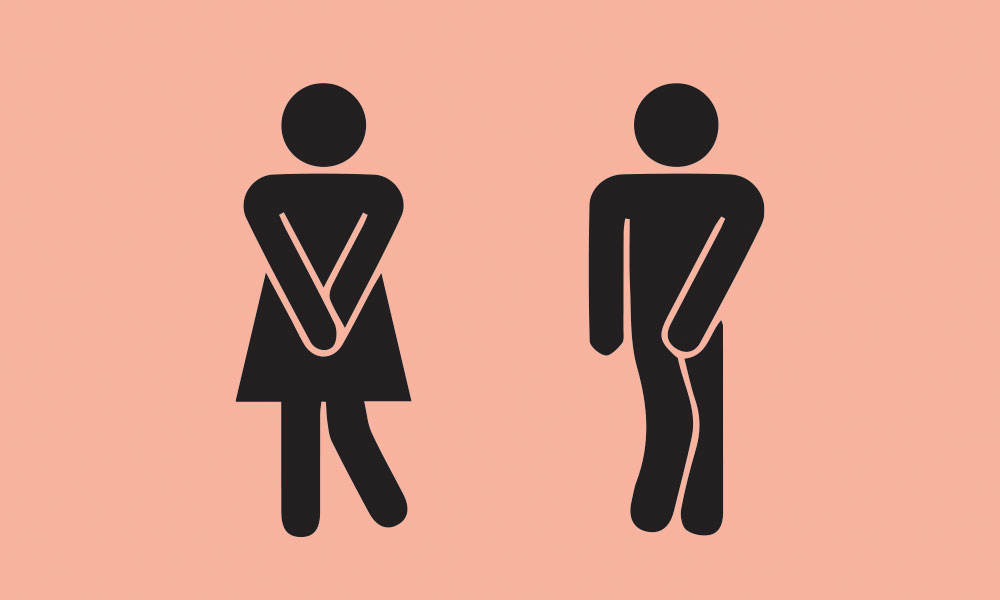Urinary Incontinence …
Sorry, light bladder leakage = incontinence. And us pelvic floor physios have a bit of a grump about the term ‘LBL’. It’s a marketing strategy, coined by continence pad brands, which essentially normalises something that is, yes, common, but definitely NOT normal. It also makes it sound like if we leak urine, we should just slap on a continence pad, and be on our way, happy with our urine containment. Urinary incontinence can be a very debilitating thing, and can affect a person’s quality of life, limit them from exercising (increasing the risk of diseases of inactivity) or having sex, limit them from leaving the house, and is damn bothersome.
And it is really common!
- 1.1 million New Zealanders are incontinent
- The ratio of women to men is 4:1
- One in 3 women who have had a baby wet themselves
- 50% of sufferers don’t talk about it, and don’t seek treatment!
Most incontinence (70% of sufferers) is entirely preventable and treatable, but if ignored, it will only get worse.
There are 2 main types of incontinence:
- Stress urinary incontinence is defined as ‘involuntary leakage on exertion, effort, sneezing or coughing’
- Urgency urinary incontinence is ‘the complaint of involuntary leakage accompanied by urgency’ usually on the way to the toilet
If you suffer from either of these complaints, you probably have a weak pelvic floor. A weak pelvic floor can be caused by:
- Pregnancy (so having a caesarian doesn’t get you out of doing your pelvic floor exercises, sorry)
- Childbirth
- Being overweight
- Repetitive heavy lifting
- Constipation
- High impact exercise without appropriate pelvic floor strength training
- Hormonal changes after menopause (many women don’t have issues until menopause hits, and bladder control starts going downhill. If you do your pelvic floor exercises when young, your risk of incontinence when older decreases significantly)
- Medical issues such as neurological problems, diabetes, drugs, UTI’s
- Blokes: when your prostate starts playing up
So, if you literally piss yourself laughing, leak a little whilst putting the key in the front door, rush to the toilet with your legs almost tied in a knot, then try these things:
- Avoid activities that put downward force through the pelvic floor; running, aerobics, jumping, skipping, star-jumps etc
- Avoid activities that increase the abdominal pressure; sit ups, full push ups, full planks and heavy weights
- Check you have the correct pelvic floor exercise technique (see a pelvic floor physio) and do your exercises three times a day. The International Continence Society gives a Grade 1A evidence rating for pelvic floor muscle training (supervised by a physio) as a treatment for simple urinary incontinence. You can’t get any higher evidence than that!
- Also, talk to your pelvic floor physio about fluid intake, bowel function, your general exercise, bladder training and lifestyle changes that all effect your pelvic floor function.
- and finally, TALK ABOUT IT! with your friends, family, health professionals, cute barista, dog, whoever! We need to get people talking, seeking treatment and applying simple lifestyle changes to decrease incontinence and the billions of tax dollars spent on it.
Over and out.
For more info: http://www.ics.org/publications/ici_4/files-book/recommendation.pdf
– the vagina physio

